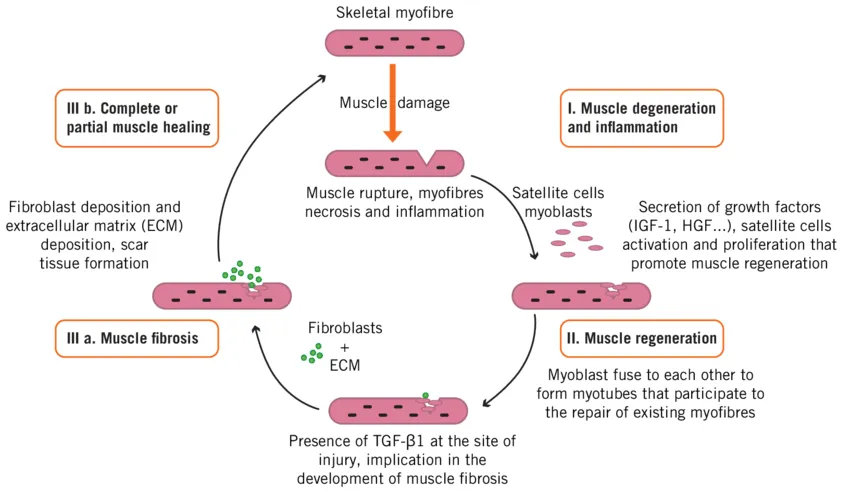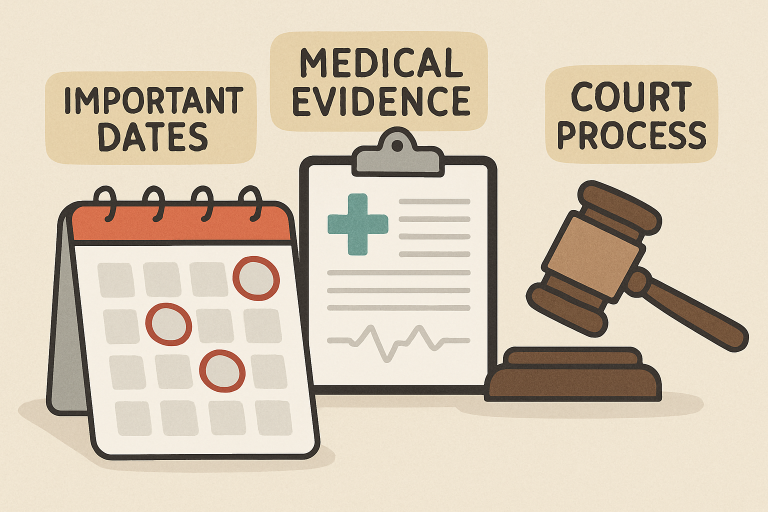As high school students embark on one of the most defining phases of their educational journey, creating a personal roadmap is crucial to navigating the challenges and opportunities that lie ahead. Understanding individual strengths, interests, and passions is the foundation upon which a successful future is built. By assessing what excites and motivates them, students can begin to chart a course that truly aligns with their aspirations. Below, we delve into strategies for high schoolers to create a fulsome roadmap to guide them through their academic and personal growth.
Understanding Your Strengths and Interests: Starting Your Personal Roadmap Early
Discovering one’s strengths and interests early in high school can shape a student’s future in meaningful ways. By reflecting on which subjects excite them and what activities bring fulfillment, students build a clearer sense of direction. Tools like personality or aptitude tests can also help identify potential career paths and academic focuses based on individual strengths beyond grades alone.
Outside the classroom, extracurriculars play a key role in self-discovery. Whether in sports, the arts, or volunteer work, these experiences often uncover hidden passions and talents. As students align their goals with their interests, exploring scholarships for high school students can also provide valuable support, as many are designed to reward specific skills or achievements.
Setting SMART Goals for Academic and Personal Growth
Setting SMART goals (specific, measurable, achievable, relevant, and time-bound) helps high school students create clear and attainable objectives. These goals can support both academic pursuits, like reaching a GPA target, and personal interests, such as learning a new skill. The process encourages critical thinking and a proactive mindset, promoting better planning and accountability.
By breaking larger goals into smaller tasks, students can stay motivated and track their progress more easily. SMART goals also support self-evaluation, allowing students to reflect on their progress and make adjustments as needed. When goals align with a student’s interests and strengths, they become more meaningful, increasing motivation and commitment throughout the journey.
Balancing Academics with Extracurricular Activities: A Holistic Approach
Balancing academics with extracurricular activities is essential for high school students aiming for personal development and college readiness. A wide range of experiences fosters growth, but overcommitment can be counterproductive. Time management plays a key role in achieving this balance, with planners and realistic schedules helping students stay on track academically while engaging in meaningful outside interests.
Participation in extracurriculars builds adaptability, teamwork, and leadership skills, which are valued in both college and careers. Success lies not in the number of activities but in the depth of involvement. Colleges and employers often seek individuals who show commitment, influence, and genuine engagement in the communities they’re part of.
Building Your Support Network: Mentors, Counselors, and Peers

A strong support network is essential for high school students as they plan their future. Mentors like teachers, coaches, and family members can offer valuable advice on college and career decisions. School counselors are also key, guiding students through course selection, graduation requirements, and college planning, including information on advanced paths like a master’s degree in curriculum and instruction for those interested in education.
Peers play a powerful role, too. Friendships with classmates who share similar goals can provide motivation, study tips, and emotional support. Whether through group projects or late-night study sessions, these connections make high school more manageable and rewarding.
Continually Assessing and Adjusting Your Roadmap Through High School
Creating a personal roadmap in high school is just the starting point; students must regularly assess and adjust their goals to stay aligned with evolving interests and opportunities. Flexibility is essential, as unexpected challenges may arise, offering valuable chances for growth rather than signaling failure.
By treating obstacles as learning moments, students can refine their strategies and remain resilient. Reflecting on both successes and setbacks helps students recognize their progress and guides future planning. This ongoing process of evaluation and adaptation fosters continuous personal and academic development. The habits and skills gained during high school form a strong foundation as students transition to the next phase of their lives.
Overall, a personal roadmap for high schoolers is not only about academic achievement but also about fostering personal growth and self-awareness. It’s a comprehensive guide that, when nurtured with reflection, adjustments, and a strong support network, can lead to a fulfilling and successful high school experience.





Leave a Reply